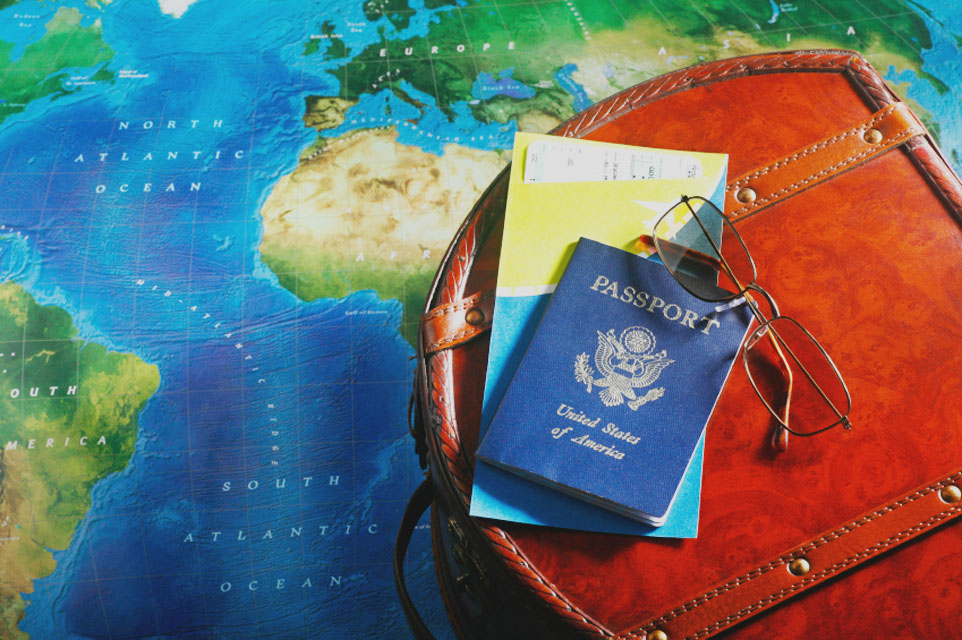
Investigating the Bra Statistic
The first thing I found was a ton of websites that use such a statistic, without any kind of study or citation. A few articles also cited magazine articles published in the 90's which I couldn't track down. So maybe these contain super rigorous studies and results? Maybe. Or maybe there's a never ending urban myth spiral. Impossible to tell.
Anyway, I did a little digging and I did actually find some results. Here we go.
The first study I found (Wood, Cameron & Fitzgerald, 2008) aimed to study the relationship between breast size and chest and back pain, and breast size and bra fit. They found that 80% of the women in their study were wearing the wrong bra size, and that 70% wore bras that were too small. Similarly, Greenbaum et al. (2003) found that 100% of the women in their study were wearing the wrong bra size. However, the women in their study were measured because they were considering breast reduction surgery. Wood et al. (2008) also found that the bigger a woman's breasts are, the more likely she is to be wearing the wrong bra size. Therefore, the women in the Greenbaum et al. study were more likely to have bigger breasts and therefore more likely to be wearing the wrong size bra. So so far the 70-80% statistic seems legit.
But it gets more complicated. Pechter (1998) believes that women have the right bra size most of the time, but that the traditional method for determining bra size (comparing a woman's bust and under-bust measurement) is wrong. A finding of Wood et al. also points to this conclusion. They found that the portion of women wearing the 'incorrect' bra size as measured with a tape measure was larger than the portion of women whose bras had an incorrect 'fit'. 'Fit' was based on observational criteria (i.e. by looking at a woman wearing her bra). You'd think that if a woman's bra 'fits' it should be classified as the correct size, right? But apparently not. To me this suggests a failure in determining what the woman's 'correct' size is.
My conclusion: there is not a whole lot of evidence out in the world that 70-80% are wearing the wrong bra size. The articles listed above seem to over-emphasize the accuracy of measuring women in order to find their bra size. In my experience as a bra-fitter, measuring a woman's breasts often doesn't give the perfect size for her. It's more of a starting point which is improved on my trying bras on. Additionally, the basis for the claim seems to come from those early non-internet articles. Which, um, are 20 years old. So lingerie companies have been parroting this belief blindly for the last 20 years. Great. And again, we could just have an urban myth spiral since these earlier studies aren't accessible.
So this statistic might not be true. But is it harmful? Not really. If it gets people who aren't wearing the right size into the right size, I guess it's ok.
But hey, let's question things we're told. As they say in the science world: no result is still a result.
Interested in making sure you're wearing the right bra size? Here's my guide:
Sources:
Greenbaum, A. R., Heslop, T., Morris, J., & Dunn, K. W. (2003). An investigation of the suitability of bra fit in women referred for reduction mammaplasty. British journal of plastic surgery, 56(3), 230-236.
Pechter, E. A. (1998). A new method for determining bra size and predicting postaugmentation breast size. Plastic and reconstructive surgery, 102(4), 1259-1265.
Wood, K., Cameron, M., & Fitzgerald, K. (2008). Breast size, bra fit and thoracic pain in young women: a correlational study. Chiropractic & Manual Therapies, 16(1), 1.

